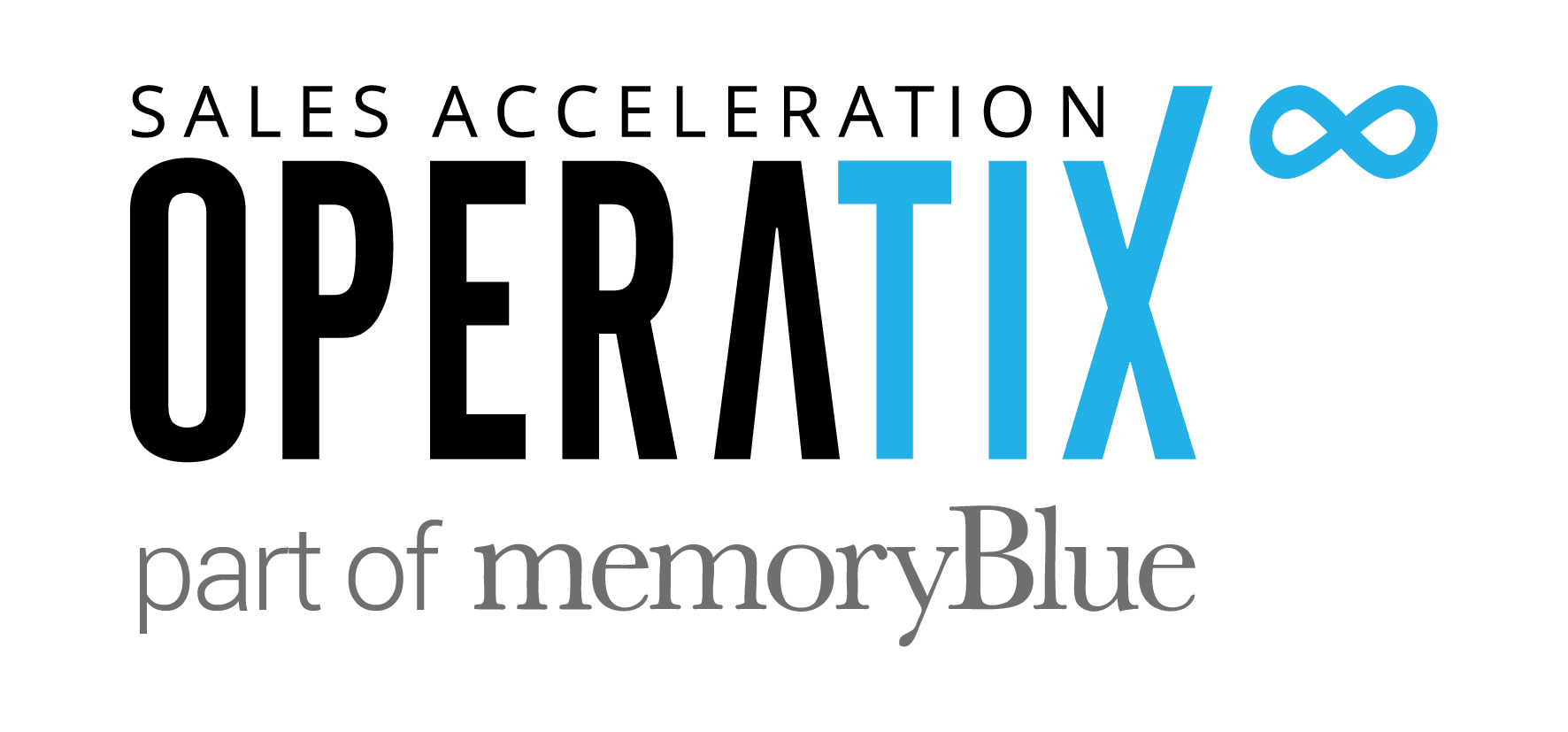If you are looking to implement a new sales development function or improve the current SDR team and processes you have in place, watch out for these 5 important elements to keep in mind:
1 – Get your foundations in place before hiring SDRs
2 – You need a competent SDR Leader
3 – Data is key
4 – Use your SDR team for the right purpose
5 – Don’t neglect your team and expect it to work out
Being mindful of the challenges above and addressing them from the beginning, will help you have a successful Sales development team & process in place to generate more pipeline, sales, and ultimately an improved ROI.
A huge thank you to David Dulany and his team at Tenbound for sharing their insights on the Ebook ‘The 5 Mistakes Leaders Make With Their Sales Development Programs’.
1 – Get your foundations in place before hiring SDRs
As with any new implementation, the initial setup is key to its success and longevity.
Many companies, after successfully securing a budget to implement a sales development team, go straight to the hiring process, not giving enough attention to the initial setup of the team – which includes: data, training, sales automation tools, lead handover process, coaching, sales playbook, alignment on expectations regarding activity levels and results, and the list goes on.
Not having those processes in place before you hire your SDRs means that your reps will unavoidably waste a huge amount of time trying to set up processes themselves and are very likely to fail by setting up inefficient or nonrepeatable processes.
To not waste time, you need to highlight the processes and procedures that underpin the entire program. Do this before you have even started looking for a new sales development team.
Plan out an actionable process they will use.
Do it in a step-by-step instruction manual, documenting daily tasks, the commitment and activity levels you expect from them etc. Decide on how you will be managing them and monitoring their activities. Combined, you are already putting your sales development team way ahead of the curve.

2 – You need a competent SDR Leader
Success starts from the top. Although you can plan out processes to ready your sales development team, they will still learn from those in a senior role, who can also keep them accountable for the procedures mentioned in the previous point.
A VP of Sales, CMO or even CEO will not be able to provide the mentoring and ongoing support that the SDRs will benefit from and need to be successful.
Companies often wait until they have six to eight SDRs before hiring a sales development manager, but it is well-advised to hire an experienced SDR manager before employing the team players.
As well as setting up those core processes and getting everything in place, they can act as your first SDR, lay out your process, write your playbook and then start to hire additional reps to build your team.



A VP of Sales, CMO or even CEO will not be able to provide the mentoring and ongoing support that the SDR’s will benefit from and need to be successful.
3 – Data is key
Without the right data, it is virtually impossible for an SDR to succeed.
In any way, shape or form your want to aid your sales development team in the best possible way – you do not want them to spend the entire day researching data, emailing the wrong addresses, or reaching out to dead numbers.
The importance of the right data is often overlooked, a company may hire an SDR and think the results will start from there. Incorrect.
Without an accurate database, you may pull a huge list of contacts, with all the wrong details. Or, if SDRs are left to their own devices to get their data, this distracts them from the main focus, connecting with potential customers/clients.
Do not leave data with ‘potentially’ the correct information – instead address any issues with a structured data program. By having a documented approach to the cleaning and prioritization of your data, your SDRs will have reliable data and be more efficient.
4 – Use your SDR team for the right purpose
Before investing considerable resources into a Sales Development program, ask yourself if it’s the right go-to-market strategy for you. Not all SDR teams are in place to generate sales and pipeline straight away.
Some companies may use their SDR team to assess product-market fit when expanding into a new region, for instance. A disruptive technology vendor may utilise their Sales Development team to evangelise and educate the market that a solution like they are bringing to market actually exists.
If prospects don’t realise that their problems can be solved by your product, then your priority has to be to educate the market, and an SDR team can be a great source for that. In this scenario, asking reps to set up highly qualified leads will be a waste of everyone’s time and an extremely difficult job.
Rather than targeting your team in meetings booked, they should aim to get prospects into an education funnel. This could be done by encouraging prospective customers to sign up for webinars, engage them in a nurture sequence, or some other top-of-funnel content activities – this switches the focus from booking meetings to educating prospects, which in turn may lead to a sales engagement in the future.
However, it may be more straightforward for you if perhaps your business is offering displacement. If this is the case, SDRs will enter conversations with prospects with the knowledge that they can solve a problem. This is a nice way to gain access to an account by introducing them to other solutions, finding out when contracts end and scheduling a time into the calendar to speak.
No one size fits all, it is all situational – do not have a blanket covering all types of engagements, sometimes you need to prepare for a different kind of approach.
Listen here to a Recorded Testimonial with Jeremy Gilman – Co-founder at RX Vantage – he utilized Operatix to test if the SDR model was the right strategy for his business, before implementing a team.


No one size fits all, it is all situational – do not have a blanket covering all types of engagements, sometimes you need to prepare for a different kind of approach.
5 – Don’t neglect your team and expect it to work out
All the above points featured play a part in the overall success of any sales development team.
You can invest money, time and technology into a sales development team, but if you then just leave them on their own, you cannot expect desired results as an outcome. You may come back to see the performance of the SDRs in three months’ time to find a couple of employees have left, some do not know what they are doing – and they are not working efficiently.
Staying accountable and entwining with the team is an essential part of the process.
When you find that the sales development team is slacking, you may begin to criticize. As mentioned previously, you must begin with the correct foundation and support for your sales development program from the start. However, what is even more important is continuing this support and readdressing the foundations in the long run.
Get your hands dirty and get into the details, working out every aspect of how your team will work and making sure there’s a solid playbook in place for the program so that you can start to be successful. If you find that even with giving this support you are still not reaping the rewards, then it is time to reflect and analyse any core issues.

Conclusion
Having a sales development team in place is becoming a core element for many organisations nowadays – especially in the B2B Software world.
However, as stated throughout this blog, there are numerous components to consider to get the most out of your SDRs.
It requires taking your time for processes, data, having a role model manager, and a strategic approach – all of this will guide your sales development team to triumph. So, put the effort in, take your time, always keep on top of happenings and reap the rewards.



